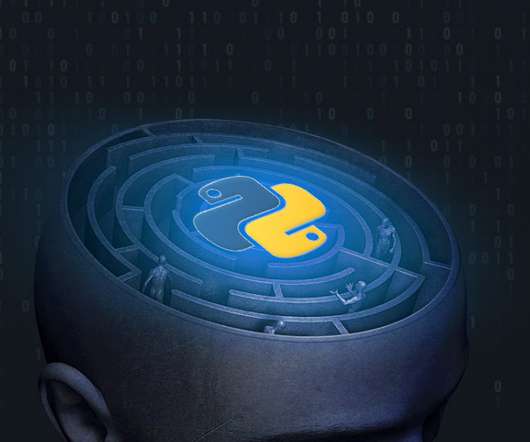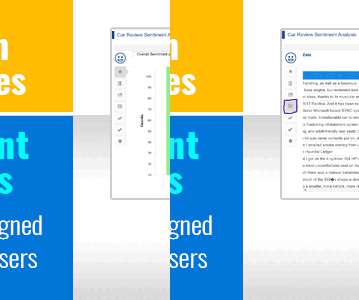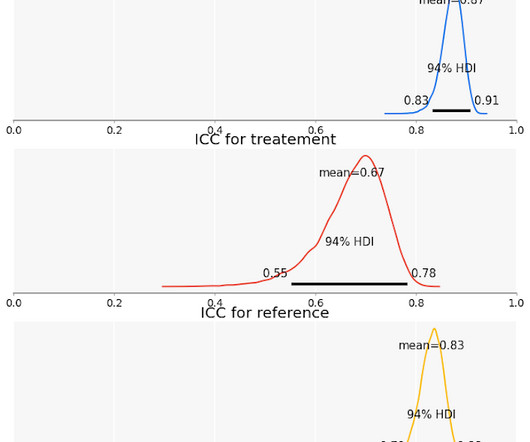Numpy -Slicing and Dicing: A Beginner’s Guide
Analytics Vidhya
JULY 14, 2021
ArticleVideo Book This article was published as a part of the Data Science Blogathon Introduction : Numpy is a package for scientific calculation in Python. The post Numpy -Slicing and Dicing: A Beginner’s Guide appeared first on Analytics Vidhya.






















Let's personalize your content